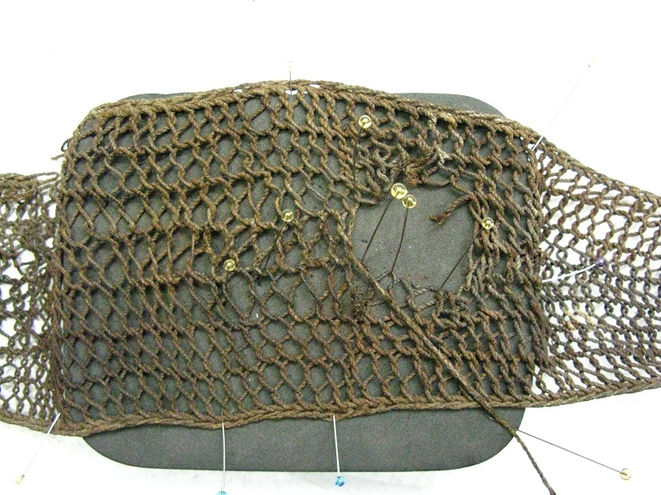top of page

Lost Areas Compensation Technique
Reweaving: Flat Woven Rugs and Tapestries, the Soumak Technique, and Native American Rugs
Appropriate materials are selected and dyed. Then the warp is inserted, and the weft is rewoven according to technique and design of the textile.
Pile Rugs Reweaving
This method is used to fill the lost section of pile rugs.
The first step is inserting the warp. Then the warp is stretched on a frame. The materials used in the process of reweaving have to match the original material in color and texture. The rows of pile knots alternated with weft(s) that connect to the rewoven section and the original.
bottom of page










